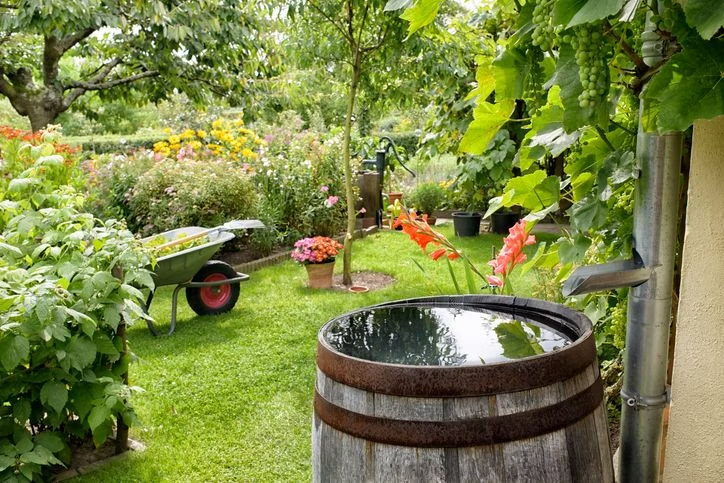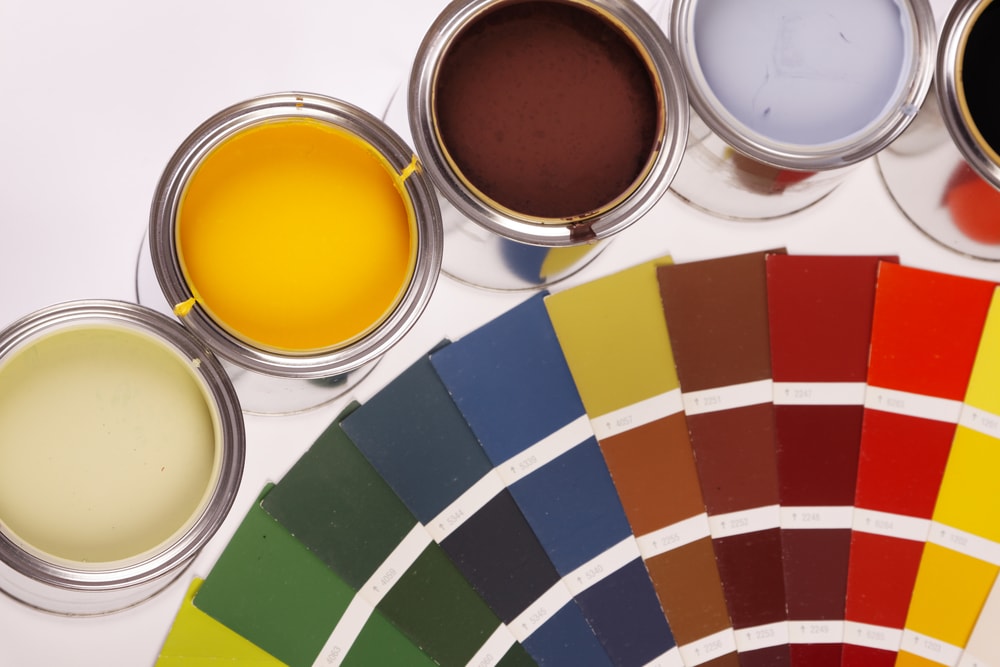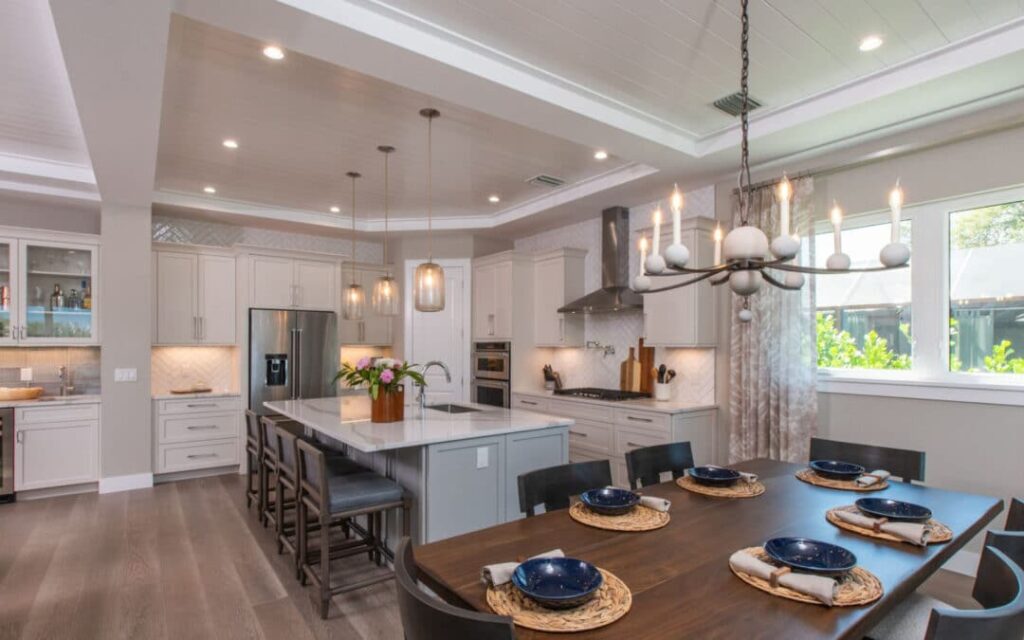Gardening is more than a hobby—it’s a commitment to nurturing life and protecting the environment right at home. As eco-conscious living becomes increasingly important, gardeners everywhere are turning to practical and sustainable solutions. Enter the rain barrel: an easy, affordable, and eco-friendly way to make every drop count in your garden.
Wondering how rain barrel installation for gardens can positively impact your green space, water bill, and the planet? You’re in the right place. Get ready to dive into all you need to know for harvesting rainwater and revitalizing your garden.
What Is a Rain Barrel and Why Should Every Gardener Have One?
Let’s start with the basics: A rain barrel is a container designed to catch and store rainwater runoff from your roof, typically via the gutter downspout. Instead of letting all that fresh water flow into drains or get wasted, you redirect it where it matters most—your garden.
Harvesting rainwater offers multiple benefits for home gardeners:
- Reduces dependence on municipal water
- Lowers water bills
- Provides plants with soft, chlorine-free water
- Decreases stormwater runoff and erosion
- Promotes sustainability
Whether you’re growing lush vegetable patches, flowers, or a vibrant lawn, a rain barrel is a win-win solution for your wallet and the environment.
How Does Rainwater Harvesting Work?
Rainwater harvesting is delightfully simple. When it rains, water runs off your roof, travels through gutters, and usually down the drain. A rain barrel intercepts this flow, capturing water that would otherwise be lost.
Each time it rains, your rain barrel fills up. You can then use the collected water to hydrate your plants during dry spells or top up your birdbath. Some systems are as straightforward as a barrel with a spigot, while others feature screens, diverters, and even filtration systems for enhanced usability and safety.
The Top Benefits of Installing a Rain Barrel in Your Garden
1. Conserve Resources and Support Sustainability
Freshwater is precious. Collecting rainwater helps minimize the pressure on public water systems, especially during periods of drought or water restrictions. In addition, using rainwater helps gardeners save hundreds—sometimes thousands—of liters each year.
2. Improve Plant Health
Tap water is often treated with chemicals like chlorine, which can build up in garden soil and stress sensitive plants. Rainwater, on the other hand, is naturally soft and free from these additives. Plants thrive on the pure H2O straight from the sky!
3. Save Money
Why pay for something nature provides for free? A single rainstorm can provide ample water for your beds and borders. Lowering your water bill is one of the quickest paybacks for rain barrel installation.
4. Reduce Stormwater Runoff
Heavy rains can overwhelm city drains, leading to flooding or washing fertilizer and pesticides into nearby waterways. Rain barrels slow the flow, preventing erosion and pollution.
Choosing the Right Rain Barrel for Your Garden
There are countless options, but most fall into a handful of common types:
- Plastic Barrels: Lightweight, affordable, and resistant to rust or rot.
- Wooden Barrels: A charming, rustic look that blends beautifully in traditional gardens.
- Repurposed Containers: Many gardeners upcycle food-safe barrels, but always make sure the container didn’t store hazardous materials.
Key features to look for:
- At least 50–100 gallons capacity (adjust based on your roof and garden size)
- Sturdy screen to keep out debris and mosquitoes
- Overflow valve or outlet for extra water
- Spigot at the bottom for easy filling of watering cans or hose hookup
Always place your rain barrel on a stable, raised platform so you can access water by gravity flow.
How to Install a Rain Barrel: Step-by-Step Guide
Ready to jump in? Rain barrel installation for gardens is easier than you might think. Here’s how to do it right:
1. Choose a Location
Find a spot under a downspout closest to the area you want to water. Ensure there’s enough space for the barrel and easy access for filling your watering can.
2. Prepare the Surface
Level the ground and place concrete blocks or pavers to serve as a stable base. A raised platform increases water pressure and makes it simpler to fill containers.
3. Modify the Downspout
Cut the downspout so it lines up with the barrel’s intake opening. Use a hacksaw, and wear gloves for safety. Some kits include flexible diverters or connectors—follow the manufacturer’s instructions.
4. Install Screens and Connections
Attach a debris screen over the intake opening to keep leaves and insects out. Connect the downspout and secure any overflow hoses.
5. Set Up the Spigot
Most rain barrels come with a spigot near the bottom. If you’re using a homemade barrel, install a garden spigot here for easy access.
6. Test for Leaks
Run fresh water (with a hose or wait for the rain) to check for leaks and ensure the setup is working as intended.
7. Direct Overflow
When your barrel fills, excess water needs somewhere to go. Use an overflow hose to redirect it safely away from your foundation—ideally toward another barrel or a thirsty lawn.
Tips to Maximize the Benefits of Your Rain Barrel
- Use the collected water early in the morning or late in the afternoon to reduce evaporation.
- Clean your barrel, screens, and gutters every few months to ensure optimal performance.
- Add a splash of non-toxic mosquito dunk or netting to prevent pests.
- During winter, disconnect and drain your barrel to prevent freezing damage.
- Connect multiple barrels for greater capacity, especially if you have a large roof area.
Common Concerns and Safety Tips
Rain barrels are incredibly safe, but keep these points in mind:
- Don’t drink the water or use it for edible crops unless filtered and tested.
- Ensure tightly sealed lids to protect children and pets.
- Periodically check for leaks or signs of algae.
Frequently Asked Questions about Rain Barrels
Can I use rainwater for vegetable gardens?
It’s generally safe for watering non-root crops, ornamentals, and lawns. If you want to use it for edible plants, ensure it’s filtered and that roof materials aren’t leaching harmful chemicals.
How much water can a rain barrel collect?
A roof as small as 1,000sqft can channel over 600gallons of water from just 1inch of rainfall! Even modest-sized barrels can fill up fast during a decent shower.
Do I need legal permission to harvest rainwater?
In most Tier-1 countries, collecting rainwater is encouraged. However, always check your local regulations or HOA rules if you live in a private community.
Conclusion: Make Every Drop Count in Your Garden!
Rain barrel installation for gardens is a smart, simple step toward a greener home and a healthier planet. With just a little effort, you’ll be rewarded with cost savings, thriving plants, and a feel-good sense of sustainability.
Are you ready to join the growing movement for water-wise gardening? Take action today—install a rain barrel and watch your garden bloom like never before!
Call-to-Action:
Start your rain barrel journey now! Share your experiences, tips, or photos in the comments and help build a vibrant community of eco-friendly gardeners. Your garden—and the planet—will thank you!






